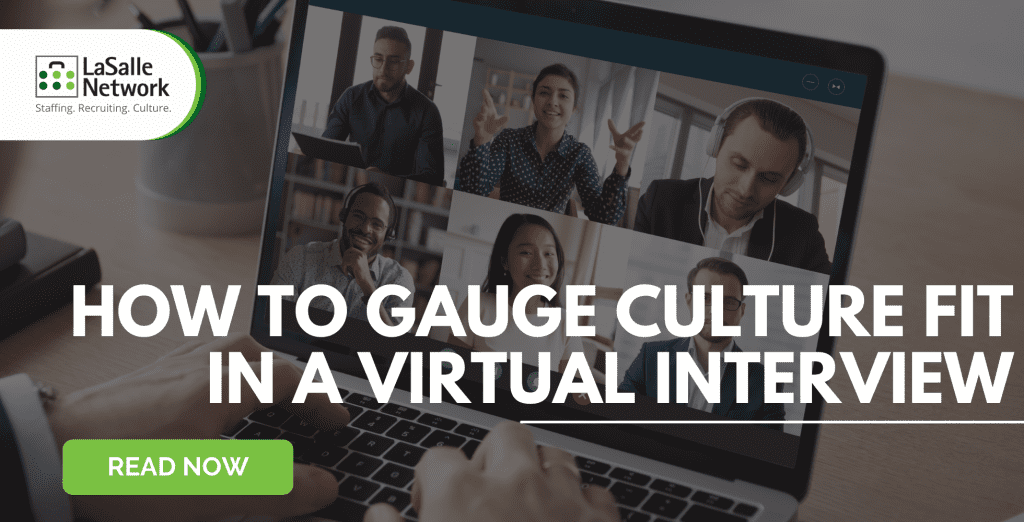When candidates were able to go into offices for the job interview, they could see and feel the company’s culture first-hand. In today’s virtual world with many workforces operating remotely, culture is much harder to identify. We’re sharing top questions candidates can ask employers during the job interview to help gauge a company’s true culture and if the opportunity is right for them.
How has COVID-19 impacted operations this past year? How did the company respond?
This can help the candidate understand how the company was impacted financially, and how it responded. Were there new services launched, or did the company adjust existing ones in response? If how the company did business was impacted, how did they pivot?
How did the company support employees during the course of the pandemic?
This question helps candidates identify if and how the company supported its people. What was taken into consideration or modified based on employee needs, especially at the height of the pandemic. How were any company changes or updates communicated to employees? Were employees made aware or left in the dark?
Is this a newly created position or existing role?
This can give color into whether the department the candidate is applying to join was impacted, and how. Perhaps the person in the position previously was let go or quit, which the candidate can determine in a follow-up question. However, if this is a newly created position, that could showcase growth and a positive future for the company as it invests in creating new positions.
What has the company learned from the COVID-19 crisis?
Every company experienced substantial changes over the last year, and there were important lessons learned that can certainly be applied to future operating processes. For instance, perhaps it’s changing services, adjusting communication and collaboration amongst employees, adjusting which performance metrics to measure, or taking note of any productivity hacks to continue. If the response is that nothing new was learned or adjusted, that could be a red flag that the organization is set in old ways and not agile or receptive to change.
If the workforce was/is virtual:
How did you train employees / new hires virtually?
This will explain how employee learning, growth and development was prioritized over the course of the last year, and how it’s focused on now as many companies have returned to normal operating levels.
How has the company maintained employee connection?
Translating a company’s culture to from in-office to virtual was new for many organizations, and how companies responded to maintaining staffing connection is extremely telling of how they prioritize their people.
What is the “return to office” plan, and how is employee safety prioritized?
This will further give insight into the preparations the company has made and how serious they take employee health and safety.
What were some differences in how the company was led virtually vs. in-office?
This question shows whether leaders were able to maintain workflow and manage employees in a different environment. Ideally, the way a company was led virtually and in office should be somewhat the same; however, how the company translated to virtual leadership is interesting to unpack.
It’s “easy” to have a positive experience when everything is going great; however, times of crisis easily display stand-out employers and companies that care about their people. With countless job openings, these questions can candidates identify the right company to join.





